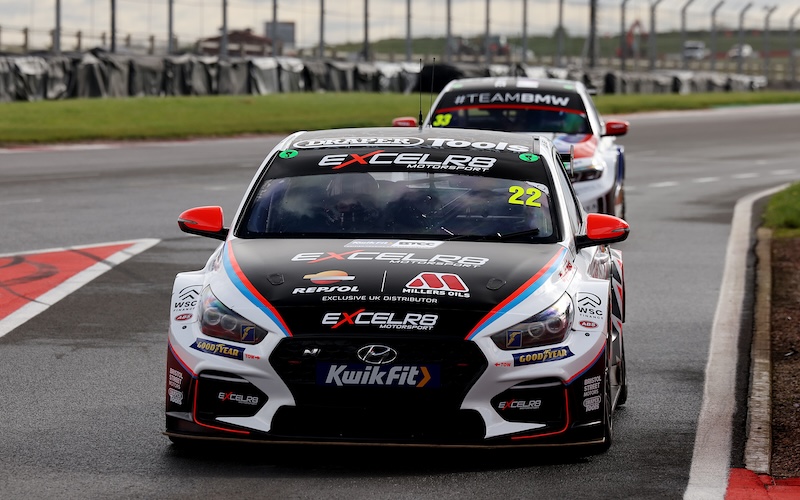What Is New In The BTCC For 2024?
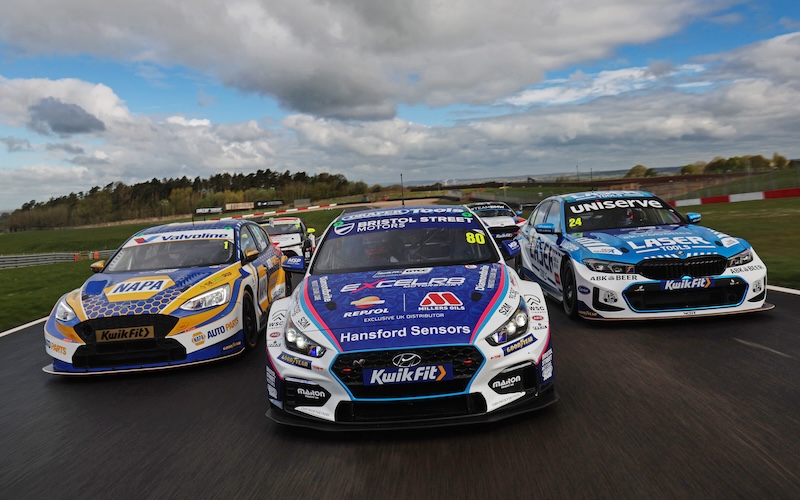
The clock is ticking down to the start of another season of competition in the British Touring Car Championship, with Team Bristol Street Motors preparing to kickstart its bid for the title at Donington Park this weekend.
Whilst the driver line-up for the new campaign is unchanged and the drivers will be competing in the same Hyundai i30 Fastback N, albeit with some revisions under the skin, there are a number of changes that are in place for what will be the EXCELR8-run team’s sixth season competing in Britain’s premier racing series.
The Livery:
First things first, the Hyundai sports a revised livery for the new season as part of the celebrations of 100 years of Bristol Street Motors, which opened its first dealership on Bristol Street in Birmingham back in 1924
The new colour scheme is a change from the livery that the cars have carried for the past two seasons, which was similar in style having evolved from 2022 into 2023.
The retro design has been selected to showcase the ‘100 Years of Bristol Street Motors’ and incorporates the Bristol Street Motors shield, with the use of vibrant colours ensuring that the Hyundais will be the most eye-catching cars on the grid as Team Bristol Street Motors looks to reclaim the title it won in 2022.
Qualifying:
Arguably the biggest change for teams, drivers and fans alike for 2024 – on-track at least - is a revision to the qualifying system that is used to determine the starting order for the opening race of a weekend.
It was back in 2003 when the series reverted to using a single qualifying session, with the years prior to that seeing two sessions to determine the grid for the two race that were held each weekend.
Even when the weekend format was changed to three races in 2004, the qualifying system remained unchanged through to 2020, with the session deciding the grid for race one and then the results of the following races being used to determine the starting order for races two and three - with a reverse grid element for the latter.
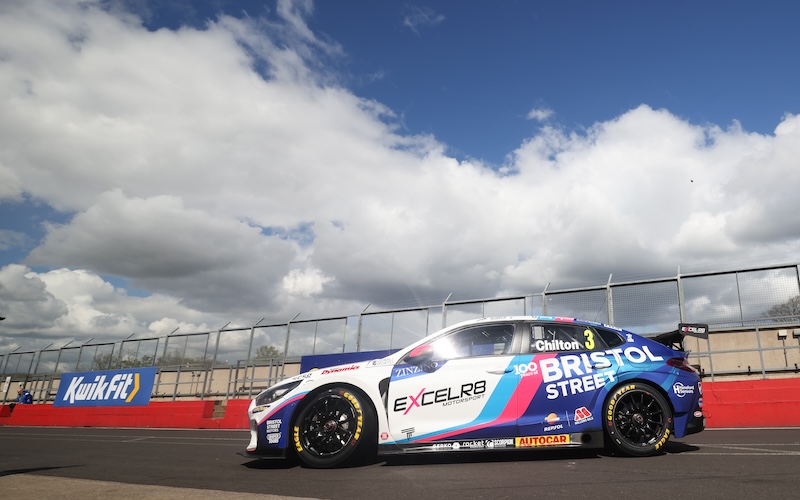
That was with the exception of 2015, when the fastest lap set by a driver in race one would decide where they started in race two – a year-long trial that was then abandoned.
Things changed in 2020 with the addition of a special shootout element to qualifying as a one-off at Snetterton, where the ten quickest drivers in qualifying progressed to a second, ten-minute session to determine pole position. That shootout – similar to the one seen in Formula 1, albeit over two phases rather than three - would be used on three occasions in 2021, and then at half of the ten events in 2023.
For 2024 however, the BTCC introduces an all-new qualifying format that is set to not only spice up the Saturday afternoon action, but also add an extra strategic element to the second free practice session of the weekend.
Whereas FP2, like FP1, has previously been used by teams and drivers to prepare for qualifying and the three races, it will now help to determine which group a driver goes into for the first stage of a three-part qualifying session.
Drivers who finish FP2 in odd numbered positions will go into one group whilst those in the even positions will be placed into another, with those two groups each taking part in their own ten minute Q1 session.
The fastest six from each of those groups will progress to Q2, which will again run over ten minutes, with those drivers not to make it through filling places 13th and below on the race one grid.
The fastest six in Q2 will progress to Q3 to fight for pole position, whilst those who are knocked out will fill places 7-12 on the grid.
Hybrid Power:
Hybrid technology was first introduced into the BTCC in 2022, with drivers being given a certain amount of additional power based on their championship position for qualifying and race one, and then based on the previous result for races two and three.
For qualifying, the amount of hybrid per lap was anything from zero for the championship leader through to 15 seconds for those outside the top ten, with the amount of hybrid in the races being limited in terms of laps. Hybrid could also only be deployed once a driver had hit a speed of 120kph.
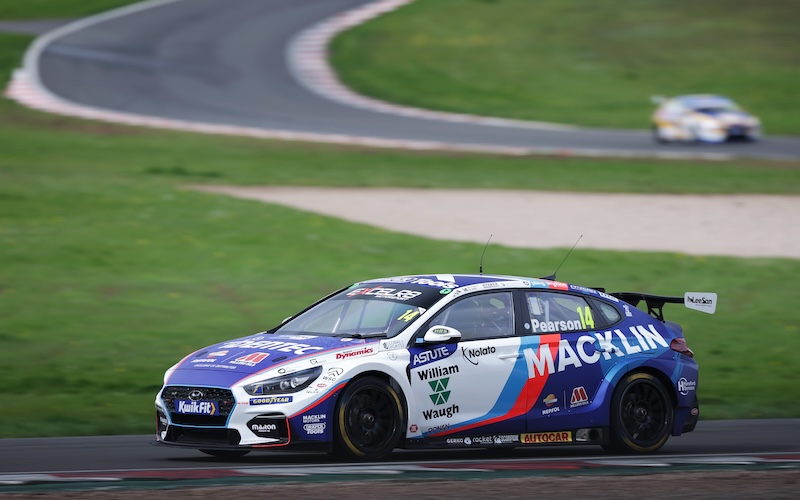
The system was tweaked for 2023, with the minimum deployment reduced to 115kph for those eighth and below, but then rising in increments up to 135kph for the top three. Hybrid usage was also tweaked, with the top seven drivers restricted in terms of time in qualifying and laps in a race – although no driver would be allowed to use the additional power boot for more than half of the laps.
That added an extra element of strategy to the racing, and strategy will again be key in 2024 when the amount of power from the hybrid system is doubled – meaning drivers will now have access to around 60bhp more than usual.
That is set to make things more difficult for the front-running drivers when it comes to qualifying in particular, but will also create a greater disparity between cars in the races – making the impact of hybrid greater than ever before as drivers battle for position.
Tyres:
Cars in the BTCC run on Goodyear tyres, but what tyres are available for drivers is dependent on which circuit they are competing on.
Unless weather conditions mean drivers are forced to run on wet tyres, the two visits to Donington Park run solely using Goodyear’s medium compound tyre, whilst Thruxton uses only the hard compound tyre due to the abrasive nature of the circuit.
At Snetterton, drivers must use all three compound of tyre across the three races – so soft, medium and hard – whilst the remaining meetings all require drivers to run a combination of two. At Oulton Park for example, the standard tyre – in this case the soft - must be used for two races, with the option tyre – in this case the hard - used for one.
Whilst the use of an option tyre is nothing new, how drivers utilise it will change this year at those meetings where there is a choice to be made.
Any driver who finishes in the top ten of race one must then use the hardest compound remaining available to them in race two rather than having a choice.
Again using Oulton Park as an example, anyone who uses the soft tyre in race one must then use the hard tyre in race two, whereas in the past, they would have been able to use the soft tyre in both races one and two.
It means that teams and drivers will again be forced to utilise different strategies to maximise their on-track performance.
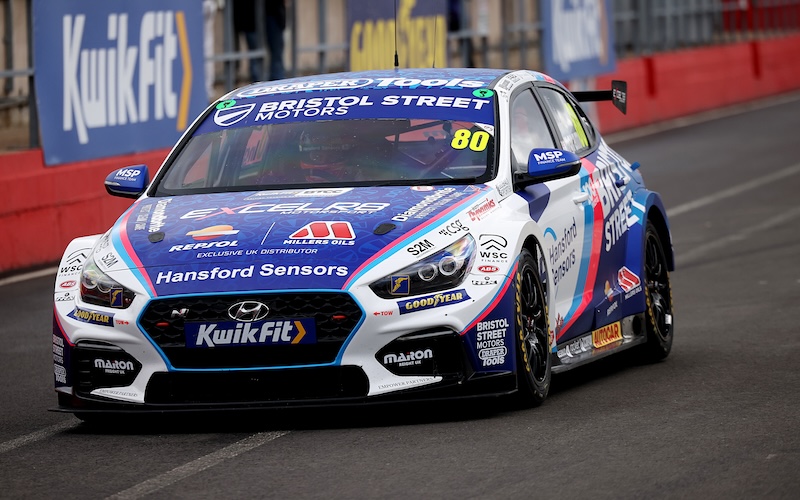
The Supports:
Whilst the British Touring Car Championship is the star attraction, there is also a packed support package of further action for race fans to enjoy, which features some slight revisions to 2023.
The Vertu MINI CHALLENGE will be the ever-present support package during 2024, with the headline JCW and new JCW Sport classes appearing at seven of the ten meetings; the exceptions being Thruxton, Donington Park GP and Silverstone where the Cooper class will have its moment in the spotlight.
The Porsche Carrera Cup GB will appear at every event aside from Snetterton and Oulton Park, whilst the Porsche Sprint Challenge GB has six dates at Snetterton, Oulton Park, Croft, Donington Park GB, Silverstone and Brands Hatch GP.
British F4 is the last of the regular supports, and this year is present for eight events – missing the dates at both Oulton Park and Croft.
With a new Junior series only planned to begin in 2025, a number of guest championships feature in 2024 as was the case last year but with one notable addition.
At Croft, fans will be able to see touring cars from years gone by when the CTCRC Pre-66 Touring Cars join the party for the first time, whilst there is also a single appearance for the Mini 7 Racing Club at Thruxton.
The Caterham Seven UK Championship swaps a Silverstone date for a trip to Oulton Park, whilst the Legend Cars Elite Cup will be in action three times at Donington Park National, Brands Indy and Knockhill.
The Radical Cup UK rounds out the support package with three meetings, at Donington Park National, Snetterton and Oulton Park.
Broadcasting:
Off-track, there is a major change to the broadcasting deal that the BTCC has in place – which already offered fans more live, free-to-air coverage than any other form of motorsport.
ITV will continue to broadcast around eight hours of live coverage of all ten race meetings, with all three BTCC races shown alongside a selection of races from the various support categories – which includes the Vertu MINI CHALLENGE.
The broadcaster will also show qualifying live online on a Saturday, meaning easy access to all of the main on-track action for fans.
However, from this year, the action will be available to a global audience thanks to a unique new deal that will see the BTCC races broadcast live on TikTok, opening the series up to overseas fans who would otherwise be forced to wait for delayed coverage in their region or have to contend with short highlights posted online.
